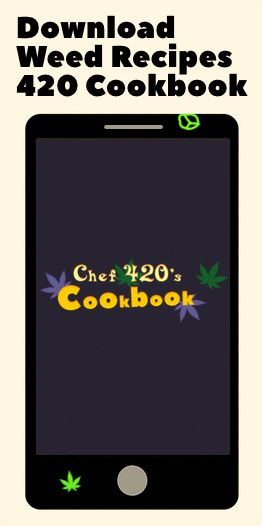THC/Marijuana cooking Tips&Tricks
This section is empty.
Cannabis Ingedients & Effects
THC/marijuana effects
09/19/2022 04:20
From the Cannabis Medical Dictionary CannabisMD.net
Diabetes is a condition wherein the body either produces inadequate amounts of insulin or fails to utilize available insulin properly. An estimated 1 million Americans suffer from Type 1 diabetes, which develops in childhood. Another 15 million...
Cannabis Ingredients & Effects
06/11/2022 04:20
Tetrahydrocannabinol is insoluble in water, but soluble in oil or alcohol.
Tetrahydrocannabinol (THC), often considered to be the primary active substance in cannabis, along with other psychoactive cannabinoids are hydrophobic oils, which are insoluable in water but soluble in liquids (oil/fat) and...
How Much Weed Do You Need for Edibles?
How To Calculate Edible Dosage
01/05/2021 04:20
In a legal marijuana market, edibles are dosed in milligrams. For those of us who would smoke a joint here and there, upon entry into the legalized reality, you suddenly have to grapple with this fact. Sure, we’ve been buying weed in some hybridized state between grams (metric) and ounces...





